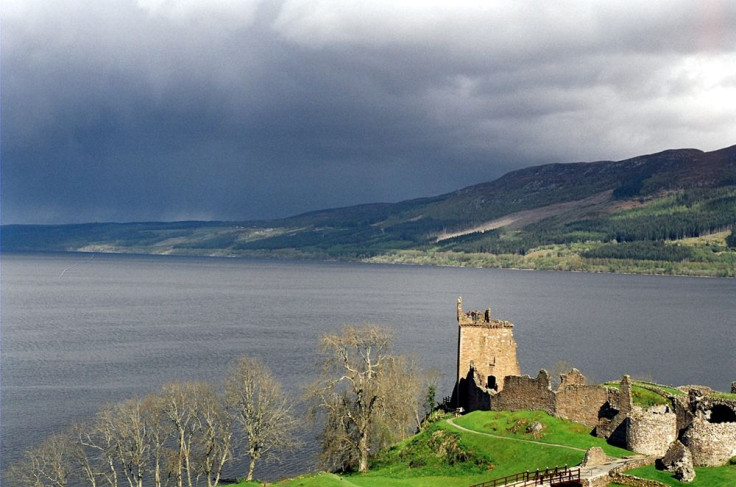Is The Loch Ness Monster Real? New Scientific Study Says It 'Might Be'

DNA samples collected by scientists in Scotland’s Loch Ness shed new light on the possible existence of the legendary monster. According to the scientists, one of the theories about the Loch Ness Monster could be true.
According to Neil Gemmell, a professor at New Zealand’s University of Otago, the study conducted by his team began in June last year. Using a research vessel known as Deepscan, their team travelled across the waters of Loch Ness to collect DNA samples left by animals and other organisms in the area.
The samples were then taken to laboratories in various countries including France, Australia, New Zealand and Denmark for analysis, Fox News reported.
Using data from the DNA samples, Gemmell and his team tested these to check the validity of the theories surrounding Nessie’s true nature or identity. Among the various speculated identities of the monster, there are two main theories that stood out.
One of these categorizes the Loch Ness Monster as a long-necked dinosaur known as a plesiosaur that somehow managed to survive the extinction-level event that happened millions of years ago. The other theory speculates that Nessie is an overgrown catfish or sturgeon.
“We’ve tested each of the main monster hypotheses,” Gemmell said. “Three we can probably say aren’t right. One might be.”
Although Gemmell did not single out a specific theory about the monster, he noted that one of these might be correct based on his team’s findings. For now, he has not yet revealed additional information regarding the results of the study.
Through a recent tweet, Gemmell noted that he intends to unveil his findings sometime on September. He said that he and his team are still completing the analysis of all the data they have collected. He is hoping to publicize details of the study once he returns to Scotland.
Although Gemmell’s study seems to revolve around proving the existence of the Loch Ness Monster, the professor noted that it goes beyond this concept. Aside from learning about the existence of the cryptozoological creature, Gemmell hopes that his study will provide a deeper understanding of Loch Ness and its biodiversity.






















